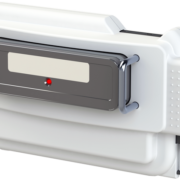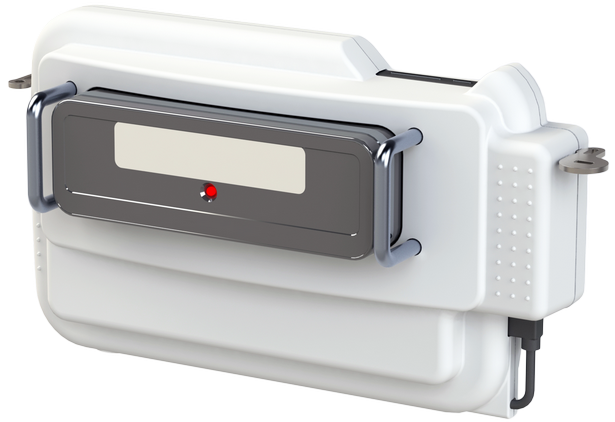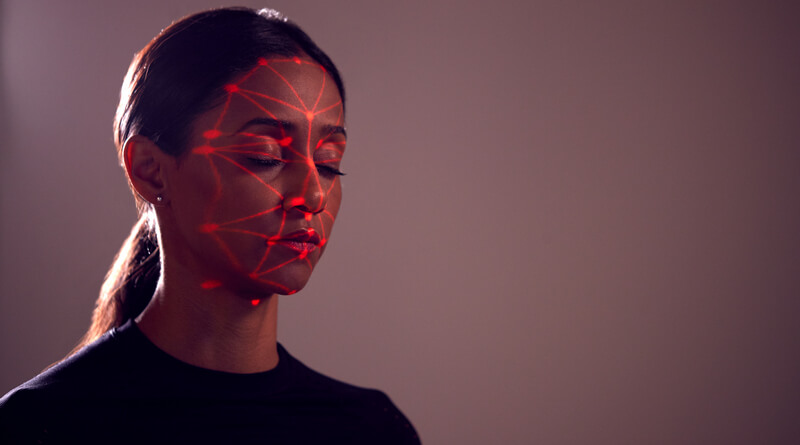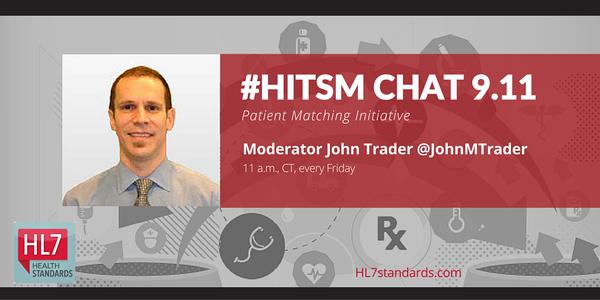RightPatient® Prevents Healthcare Fraud at University Health System

Healthcare Fraud Jeopardizes Patient Safety and Raises the Cost of Care
Emergency Departments (ED) can be subjected to healthcare fraud from individuals without insurance seeking care, especially those with manageable chronic conditions. These patients often go to hospital EDs because they don’t have access to any source of care and in a large number of cases, attempt to defraud the healthcare system by providing different names, dates of birth, or other demographic information during registration.
Hospital patient access staff on alert for healthcare fraud often must strike a tricky balance of ensuring a patient receives timely care with the need to identify and prevent these individuals from illegally obtaining medical services that could raise liability and possibly harm the patient.

Through the use of photo biometrics, the University Health System was able to catch a patient attempting to commit healthcare fraud in the ED.
Patients who may be trying to defraud the system can raise the cost of care for all of us with most of the cost to treat these individuals passed on to insurance providers that raise premiums to subsidize care provided to the uninsured. It’s a persistent problem in healthcare that jeopardizes patient safety.
Medical Identity Theft and Healthcare Fraud are Persistent Patient Safety Problems in Healthcare
The National Health Care Anti-Fraud Association (NHCAA) estimates that the financial losses due to health care fraud are in the tens of billions of dollars each year. The Ponemon Institute released a study earlier this year that reported a 21.7% increase in medical identity theft cases since the previous year’s study.
A costly and often complex and time consuming issue to resolve, healthcare fraud and medical identity theft often financially decimate victims and healthcare institutions and can have a ripple effect that negatively impacts provider reputation. Add to that evolving patient expectations that healthcare providers are taking the necessary steps to protect their identities and ensure the privacy of their protected health information (PHI), and it’s clear that this is a festering problem in the industry that deserves immediate and swift preventative action.
Implementing Biometric Patient Identification to Identify Potential Healthcare Fraud
When University Health System staff sat down to address the problem of healthcare fraud and began to assess patient authentication technology options that had the potential to prevent it, they decided to deploy RightPatient® biometric patient identification as part of an overall strategy to increase patient safety, eliminate duplicate medical records, and prevent medical identity theft and fraud throughout their network. Using photo biometrics as their preferred modality, University launched the RightPatient® patient identification system in the summer of 2015 at both hospitals in their network and began registering patients and linking their unique biometric credentials to a single electronic health record (EHR).

Through the use of photo biometrics, the University Health System was able to catch a patient attempting to commit healthcare fraud in the ED.
Thusfar, the deployment has been a resounding success, with over 99% of patients opting in to ensure the safety and privacy of their PHI. University placed a great deal of emphasis to ensure their staff understood why the RightPatient® solution was implemented and meticulously trained patient access personnel on how to properly use the system prior to launch.
Their efforts paid off.
Recently, a patient was registered through the ED in the RightPatient® system, and then returned to the same ED days later claiming a different date of birth and a different last name. Following hospital registration protocol, the patient access representative took the patient’s photo with an iris camera and the RightPatient® system immediately flagged the patient’s medical record and instantly notified staff that the patient had previously enrolled with their biometric credentials already linked to another unique EHR. University staff then realized that the patient was attempting to assume another identity and took action to prevent it.
Even if this patient had enrolled in the RightPatient® biometric patient identification system at another location within University’s network, they still would have been flagged as a potential fraud case if they returned to a different facility due to the fact that RightPatient® seamlessly integrated with University’s Epic EHR system and can be used at any point along the care continuum, regardless of the patient’s physical location within the network (RightPatient® can even be used to authenticate an identity on patient portals and mHealth applications!).
Conclusion
The persistent and dangerous problem of medical identity theft and healthcare fraud is a direct threat to patient safety but also has repercussions that impact many other facets of care delivery. Implementing modern patient identification technologies that have the unique ability to prevent healthcare fraud should be a key goal for any medical facility set on improving safety, lowering liability, and raising the quality of care. The University Health System case clearly demonstrates that RightPatient® deters medical identity theft and healthcare fraud throughout the care continuum by linking a patient’s unique biometric credentials to one medical record.
Thank you to the staff at University for allowing us to share this story with our community!



















 Michael Trader is President and Co-Founder of RightPatient®. Michael is responsible for overseeing business development and marketing activities, government outreach, and for providing senior leadership on business and policy issues.
Michael Trader is President and Co-Founder of RightPatient®. Michael is responsible for overseeing business development and marketing activities, government outreach, and for providing senior leadership on business and policy issues.







